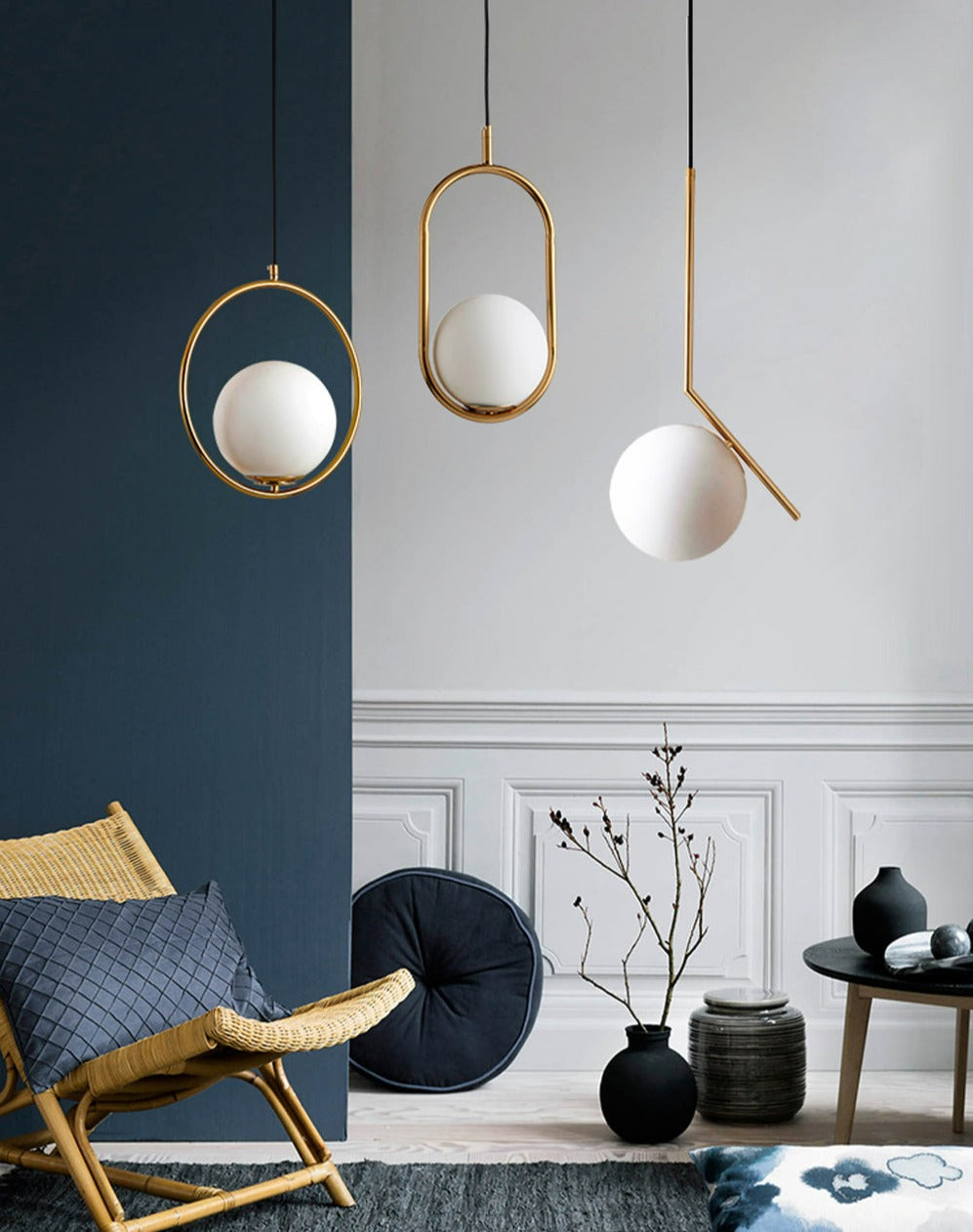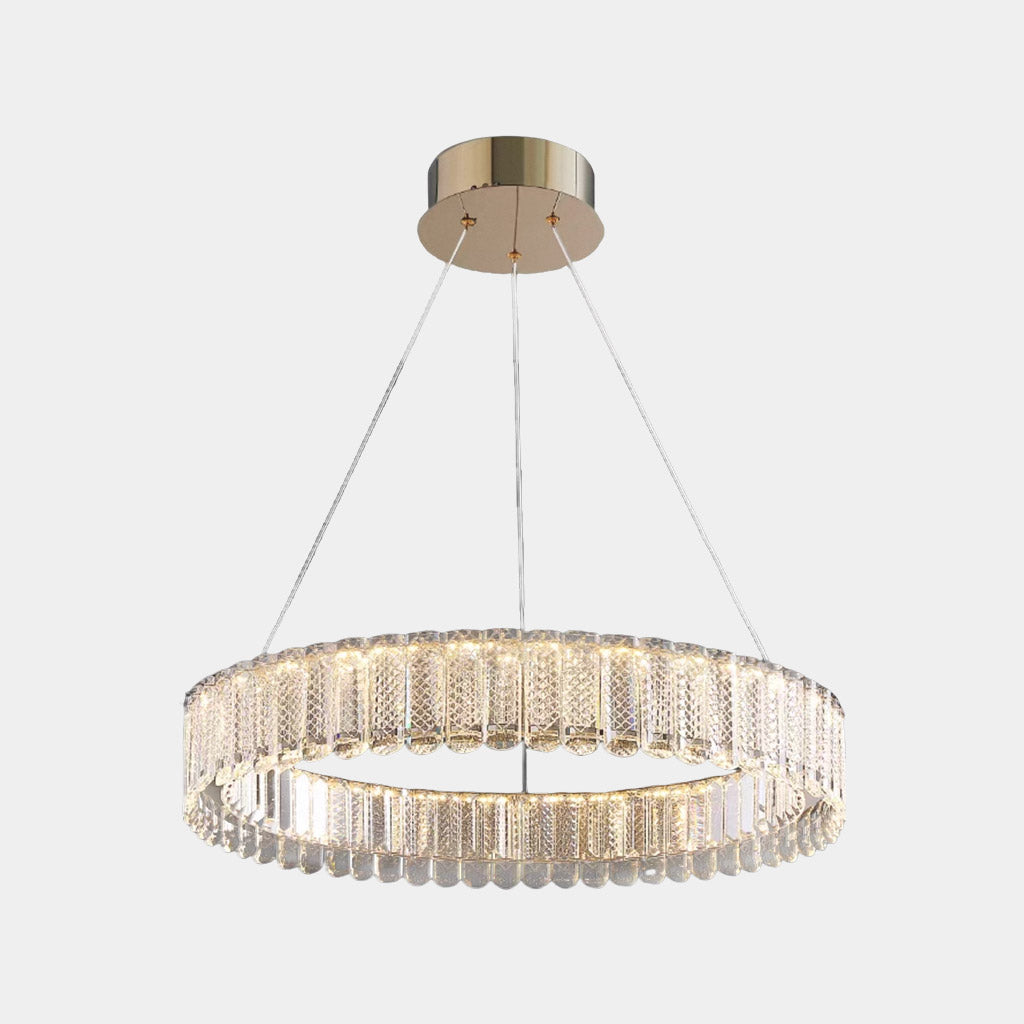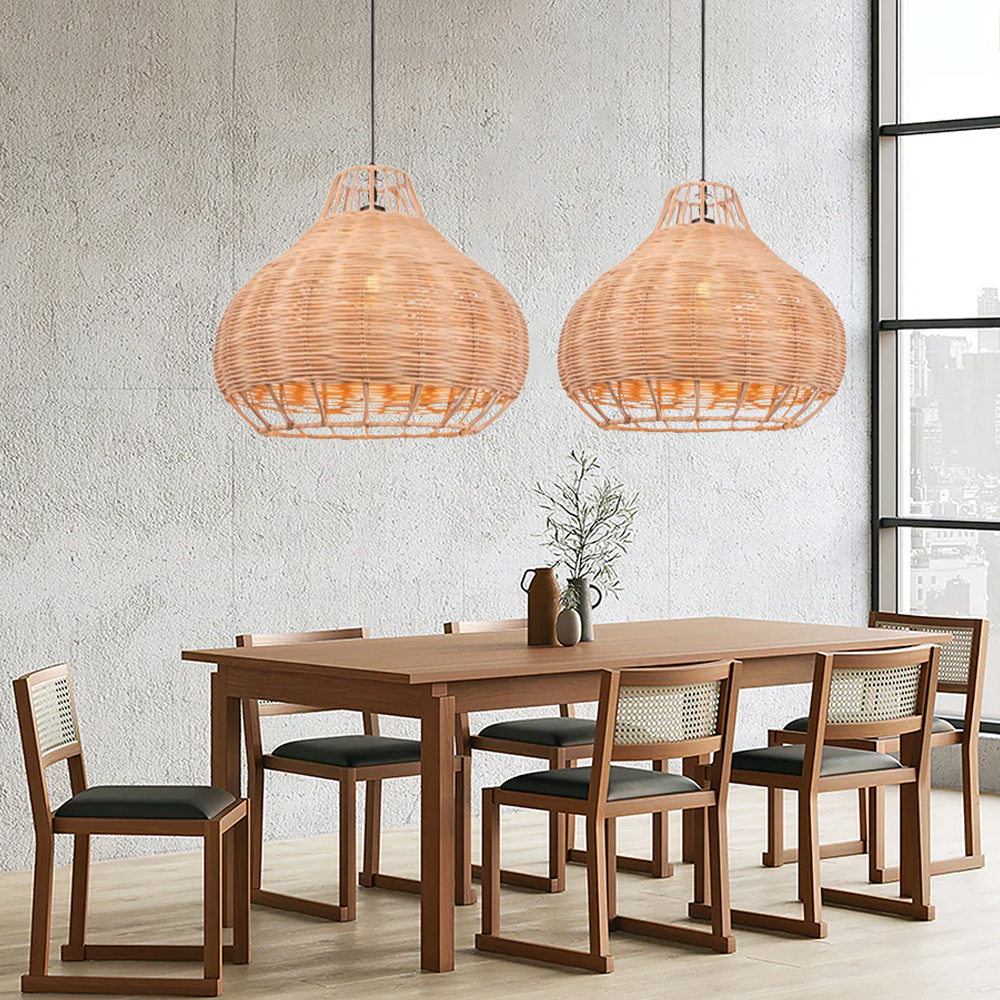A Comprehensive Guide to Setting Up and Maintaining Your Necklace Light
Maintaining a pendant and installing light needs cautious planning and execution. Appropriate height measurements can improve both performance and style. Essential devices and a clear installment procedure are critical for an effective arrangement. Normal upkeep warranties long life and efficiency. Comprehending these aspects can transform a space. Understanding where to start might appear frightening. What steps should one prioritize to achieve the ideal outcomes?
Comprehending Pendant Light Styles
While many homeowners look for to improve their spaces with necklace illumination, comprehending the various designs offered is vital for making an informed selection. Pendant lights come in a multitude of layouts, each offering distinct aesthetic and useful benefits. Typical pendant lights frequently include traditional forms and products, such as glass or metal, supplying a timeless allure. Contemporary styles, on the other hand, might incorporate ingenious materials and vibrant colors to develop striking focal points.
Industrial-style necklaces often make use of resources like subjected light bulbs and rustic finishes, suitable for loft spaces and modern settings. For an extra whimsical touch, vintage-inspired choices stimulate nostalgia with complex information and retro finishes. Furthermore, minimal designs focus on simpleness and clean lines, attracting those that prefer understated sophistication. Understanding these diverse styles enables home owners to select necklace lights that not only complements their decoration yet additionally serves their useful illumination requires effectively.
Measuring the Suitable Elevation for Your Necklace Light
Just how does one identify the best height for a pendant light? To achieve the most effective performance and visual charm, numerous variables have to be considered. Usually, a necklace light must hang 30 to 36 inches over a dining table to ensure sufficient illumination without obstructing views. Precede with high ceilings, the fixture might be placed a little greater to preserve symmetry.
For kitchen area islands, a height of 28 to 34 inches above the countertop is typically recommended, permitting adequate light coverage while keeping a welcoming environment. In living areas, the pendant needs to be hung at an elevation that matches the surrounding design and does not create a hazard for people strolling below it.
Ultimately, individual choice and room dimensions play substantial functions in identifying the ideal height. Examining different heights before last setup might aid achieve the wanted impact and functionality.
Devices and Products Needed for Installation
Effective installation of necklace lights requires a details set of devices and materials to assure a smooth process. Essential devices include a screwdriver, cable pole dancer, and a drill, which assist in protected component accessory and correct wiring. A voltage tester is critical for verifying safety and security by making sure that power is off prior to beginning any kind of electrical job.
Along with tools, particular materials are needed for installation. These include the necklace light component itself, electric wiring, cable nuts for safe and secure connections, and placing hardware. A ceiling hook might additionally be required, depending upon the component's design.
For added security and ease, a ladder will assist in getting to high ceilings, while a degree assures that the light hangs evenly. Preparing these materials and devices ahead of time streamlines the installation process, making it a lot more effective and efficient. Proper preparation is necessary to attaining an effective necklace light installation.
Step-by-Step Setup Refine
With the needed devices and products collected, the setup process for pendant lights can begin. The power supply should be turned off at the circuit breaker to assure safety and security. Next off, the placing brace needs to be affixed to the electric box in the ceiling. After protecting it, the electrical contractor's tape ought to be used to cover any exposed wires.
Adhering to that, the necklace light's cables are connected to the corresponding cords in the ceiling: black to black (or red), white to white, and environment-friendly or copper for ground. As soon as the connections are made, they ought to be secured with cord nuts.
The necklace light can then be affixed to the placing bracket, making sure it hangs at the wanted elevation. The light bulb is placed, and the power is turned back on at the circuit breaker, permitting the new pendant light to brighten the space.
Keeping and Cleansing Your Pendant Light
What actions should be taken to guarantee the longevity and aesthetic appeal of pendant lights? Routine maintenance and cleansing are necessary in preserving their elegance and performance. Dust and dust can accumulate on necklace lights, decreasing their sparkle. To clean, a soft, lint-free towel or microfiber towel ought to be made use of, together with a mild cleaner suitable for the surface area material - Pendant Light. For glass or crystal necklaces, a glass cleanser can enhance quality without streaks
It is a good idea to turn off the light and enable it to cool down before cleaning. In addition, examining the component for loose bulbs or links occasionally guarantees safety and security and peak performance. If relevant, changing bulbs regularly prevents stress on electric parts. Maintaining a safe environment by preventing exposure to moisture can significantly prolong the life of pendant illumination. Complying with these steps will keep pendant lights looking their best while functioning effectively.
Troubleshooting Common Necklace Light Issues
When pendant lights breakdown, numerous usual concerns might develop, consisting of flickering light bulbs, inaccurate setup, and voltage changes. Determining the origin is important for effective troubleshooting and ensuring peak efficiency. Resolving these troubles without delay can improve the durability and functionality of pendant lights components.
Flickering Light Bulbs
Flickering light bulbs can be a resource of aggravation for property owners, often signifying underlying electric issues or simple upkeep needs. This sensation might stem from loosened bulb links, where the bulb is not firmly matched the socket, causing intermittent call (Pendant Light). Furthermore, faulty or aging light bulbs might flicker as they near completion of their life expectancy. An additional typical cause is inconsistent voltage, which can emerge from problems within the electric system or overwhelming circuits. Homeowners must also look for damaged electrical wiring, as this can lead to flickering and present safety dangers. Regular examinations and timely substitutes are crucial to guarantee appropriate capability anonymous and to maintain a risk-free home environment. Determining the origin cause immediately can avoid more complications

Incorrect Installment Problems
Improper installment of necklace lights can result in a range of concerns that may appear like those brought on by flickering bulbs. Typical problems consist of loose circuitry connections, which can interfere with the flow of electricity and cause intermittent lights. Additionally, if the placing bracket sites is not safely fastened, the pendant might hang unevenly, producing an unstable component that can cause vibrations or sound. Incorrect bulb kinds or wattage can likewise add to performance concerns, as incompatible bulbs might not function effectively in the fixture. Inadequate spacing from the ceiling can produce darkness or lower light distribution, decreasing the designated result of the necklace light. Identifying and dealing with these setup mistakes is vital for attaining correct capability and aesthetic appeal.
Voltage Change Issues
Pendant lights can improve an area's atmosphere, voltage changes can lead to considerable efficiency problems. These changes might trigger flickering lights, minimized brightness, and even premature bulb failure. To diagnose such problems, one should first examine the light component's compatibility with the voltage supply. Making use of a multimeter can aid gauge voltage degrees and determine irregularities. If voltage problems persist, it may be necessary to inspect the electric system for loosened connections or defective wiring. In many cases, consulting a qualified electrical expert is recommended to guarantee safety and security and compliance with local codes. Effectively attending to voltage fluctuations not just improves the efficiency of pendant lights yet likewise expands their life expectancy and enhances general lighting top quality.
Enhancing Your Space With Necklace Light Placement
Efficient pendant light placement can considerably improve a room by adhering to ideal height standards, making sure the best lighting level. Layering these lights with other resources can create a balanced ambience, highlighting focal points within the space. Attaining a harmonious appearance calls for careful consideration of both the fixture's positioning and its connection with surrounding aspects.
Optimal Height Standards
When contemplating the ideal elevation for pendant lights, a general standard suggests hanging them about 30 to 36 inches above a counter top or table surface area. This elevation enables optimum lighting while ensuring that the her comment is here light does not obstruct views or produce threats. In dining areas, pendant lights ought to be positioned to improve the eating experience, typically around 28 to 34 inches above the table. For kitchen islands, preserving uniformity across several pendants can produce a natural look; spacing them uniformly and sticking to the suggested elevation improves capability. It is important to take into consideration ceiling elevation too, as greater ceilings might call for changes to keep symmetry and visual charm. Appropriate height placement greatly adds to the total setting of an area.
Layering With Other Lights
As pendant lights are incorporated into a broader lighting layout, they can substantially boost the environment of an area. Their flexibility allows them to be layered with ambient, job, and accent illumination, producing a harmonious equilibrium. For instance, integrating pendant lights with recessed lighting can provide basic illumination while highlighting specific locations. Job lighting, such as under-cabinet lights, can enhance pendants in kitchens, ensuring capability without compromising design. Accent lights, like wall sconces, can further improve the environment, accentuating art work or architectural attributes. By tactically positioning these source of lights, property owners can attain depth and measurement, transforming an average space right into a magnificently illuminated establishing that deals with different tasks and moods.
Prime Focus and Equilibrium

Strategically positioned necklace lights can act as charming focal points within a space, drawing the eye and enhancing the total visual. When choosing pendant lights, it is vital to think about their form, shade, and size to guarantee they enhance the existing style. A bold, extra-large pendant can develop a striking centerpiece over an eating table, while smaller components may function better in collections to achieve a well balanced look. Furthermore, positioning necklace lights at varying elevations can add deepness and aesthetic rate of interest to the space. Preserving balance with other components, such as furniture and wall shades, will make certain that the pendant lights boost the room without frustrating it. Thoughtful positioning transforms the setting, creating an unified and welcoming environment.
Regularly Asked Questions
Can I Set Up a Necklace Light in a Recessed Ceiling?
The question of whether a necklace light can be installed in a recessed ceiling commonly arises. Normally, it is feasible with suitable placing equipment, guaranteeing correct assistance and electrical connections for secure and effective installment.
What Kind of Bulb Is Finest for Necklace Lighting?
When selecting bulbs for necklace lights, LED alternatives are often chosen as a result of their power efficiency and longevity. Furthermore, the color temperature level need to match the wanted ambiance, with warm white being a prominent selection for comfy setups.
Are Necklace Lighting Safe for Outdoor Usage?

How Do I Select the Right Necklace Light Electrical Power?
Choosing the ideal necklace light wattage includes examining the room's size, preferred illumination, and component compatibility. Typically, lower power levels match ambient lights, while greater wattages offer job illumination, making certain functionality and aesthetic charm.
Can I Utilize a Dimmer Change With My Necklace Light?
The question occurred whether a dimmer switch could be utilized with a pendant light. Typically, if the lighting fixture and bulb work, a dimmer switch can efficiently improve atmosphere and control brightness levels.
When pendant lights malfunction, several common concerns might emerge, consisting of flickering light bulbs, inaccurate setup, and voltage changes. Incorrect setup of pendant lights can lead to a range of concerns that might look like those triggered by flickering bulbs. Inadequate spacing from the ceiling can develop darkness or lower light circulation, decreasing the intended effect of the pendant light. Reliable pendant light placement can considerably boost an area by adhering to ideal elevation guidelines, ensuring the appropriate lighting level. When picking bulbs for pendant lights, LED alternatives are typically chosen due to their power effectiveness and longevity.